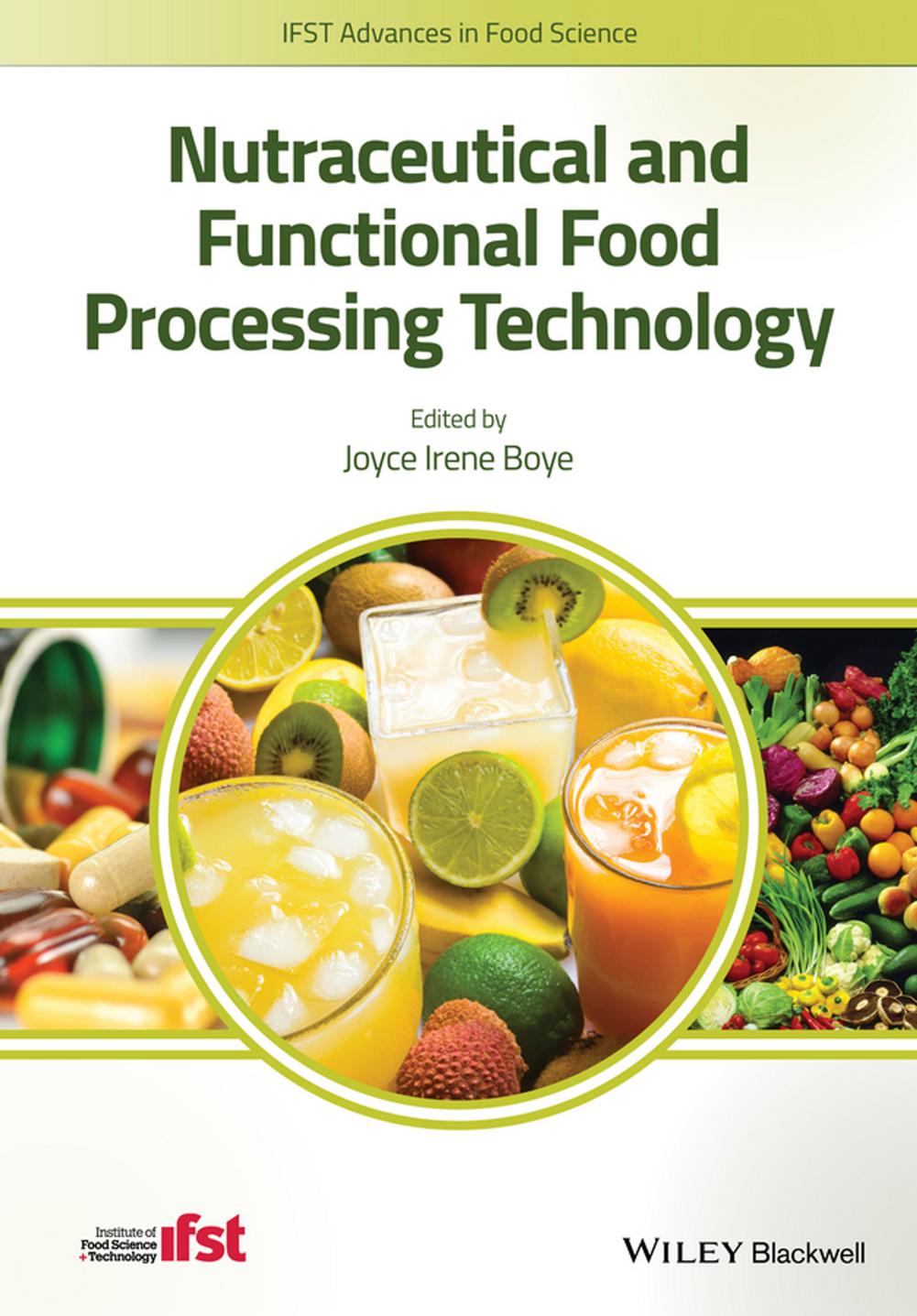Nutraceutical and Functional Food Processing Technology by Joyce I. Boye

Author:Joyce I. Boye [Boye, Joyce I.]
Language: eng
Format: epub, pdf
ISBN: 9781118504970
Publisher: Wiley
Published: 2014-12-22T00:00:00+00:00
The unprecedented growth in energy drinks can be attributed to the functional benefit of the “energy boost,” as well as to the “image-based marketing” tactics that associate (many) energy drinks brands with fast-paced sports and bold advertising with “I-dare-You” undertones. This is likely why energy drinks are more popular among teens and young adults aged 18–34 years—the consumer groups who also tend to live on-the-go lifestyle and are the primary consumers of any beverage type. Caffeine is the main functional ingredient in energy drinks, along with other ingredients such as taurine, guarana, ginseng, and B vitamins. Therefore, one of the challenges for formulators in making energy drinks more palatable is to mask the bitter flavor of caffeine that comes from two of its ingredients—caffeine and guarana.
Sports drinks have faced stiff competition from enhanced bottled water segment, as light users—primarily non-athletes—of sports drinks moved to enhanced bottled water for the perceived benefit of getting vitamins/minerals, without consuming too many calories. In the United States, sports drinks have also been criticized for their high calorie content and the presence of high-fructose corn syrup (HFCS). Gatorade, the biggest sports drinks brand in the world, in response to consumer criticism, replaced HFCS with regular sugar and introduced an all-natural line sweetened with stevia. The brand's rebranding also included sports drinks with protein, positioned as post-workout recovery drinks. The innovation opportunities in this segment include natural flavors, natural sweeteners, and proteins.
Functional bottled water—bottled water enhanced with vitamins/minerals and other functional claims—became popular in the United States in the early 2000s and experienced initial success due to its novelty status as well as perceived benefits of getting vitamins and minerals from a relatively low-calorie source. However, consumers soon became wise to the fact that many enhanced bottled water brands contained as much sugar as many other sugar-dense beverages such as soda. Additionally, many brands included artificial ingredients—color, flavor, and sweeteners, which did not go well with the healthy image of enhanced water. Manufacturers have duly made consumer-desired changes by reducing sugar count, formulating with the natural low-calorie sweetener stevia, and removing HFCS. One of the challenges in this segment is flavor innovation and the efficacy of vitamins and minerals at the time of consumption.
Dairy drinks make up the second biggest segment of the market. Some of the challenges in this segment are the ones that influence the whole beverage market—removal of excess sugar and cleaning up the ingredient list, that is, reduction in the use of artificial ingredients. Some challenges are unique to the dairy segment—growing trend toward veganism, lack of exciting flavors offered by other beverage segments, the inclusion of nutrients found in milk in other beverage segments (i.e., calcium, vitamin D, and protein), and increased awareness about lactose intolerance among people. Nevertheless, some areas in the segment continue to offer growth. Meal replacement drinks are an important part of this segment. Inclusion of ingredients such as grain fibers (i.e., oats, quinoa, etc.), a range of vitamins, antioxidants, and an extra dose of protein (whey,
Download
Nutraceutical and Functional Food Processing Technology by Joyce I. Boye.pdf
This site does not store any files on its server. We only index and link to content provided by other sites. Please contact the content providers to delete copyright contents if any and email us, we'll remove relevant links or contents immediately.
| Automotive | Engineering |
| Transportation |
Whiskies Galore by Ian Buxton(41536)
Introduction to Aircraft Design (Cambridge Aerospace Series) by John P. Fielding(32893)
Small Unmanned Fixed-wing Aircraft Design by Andrew J. Keane Andras Sobester James P. Scanlan & András Sóbester & James P. Scanlan(32579)
Craft Beer for the Homebrewer by Michael Agnew(17937)
Turbulence by E. J. Noyes(7708)
The Complete Stick Figure Physics Tutorials by Allen Sarah(7148)
Kaplan MCAT General Chemistry Review by Kaplan(6603)
The Thirst by Nesbo Jo(6444)
Bad Blood by John Carreyrou(6283)
Modelling of Convective Heat and Mass Transfer in Rotating Flows by Igor V. Shevchuk(6230)
Learning SQL by Alan Beaulieu(6041)
Weapons of Math Destruction by Cathy O'Neil(5842)
Man-made Catastrophes and Risk Information Concealment by Dmitry Chernov & Didier Sornette(5659)
Digital Minimalism by Cal Newport;(5396)
Life 3.0: Being Human in the Age of Artificial Intelligence by Tegmark Max(5193)
iGen by Jean M. Twenge(5166)
Secrets of Antigravity Propulsion: Tesla, UFOs, and Classified Aerospace Technology by Ph.D. Paul A. Laviolette(5002)
Design of Trajectory Optimization Approach for Space Maneuver Vehicle Skip Entry Problems by Runqi Chai & Al Savvaris & Antonios Tsourdos & Senchun Chai(4847)
Electronic Devices & Circuits by Jacob Millman & Christos C. Halkias(4752)
